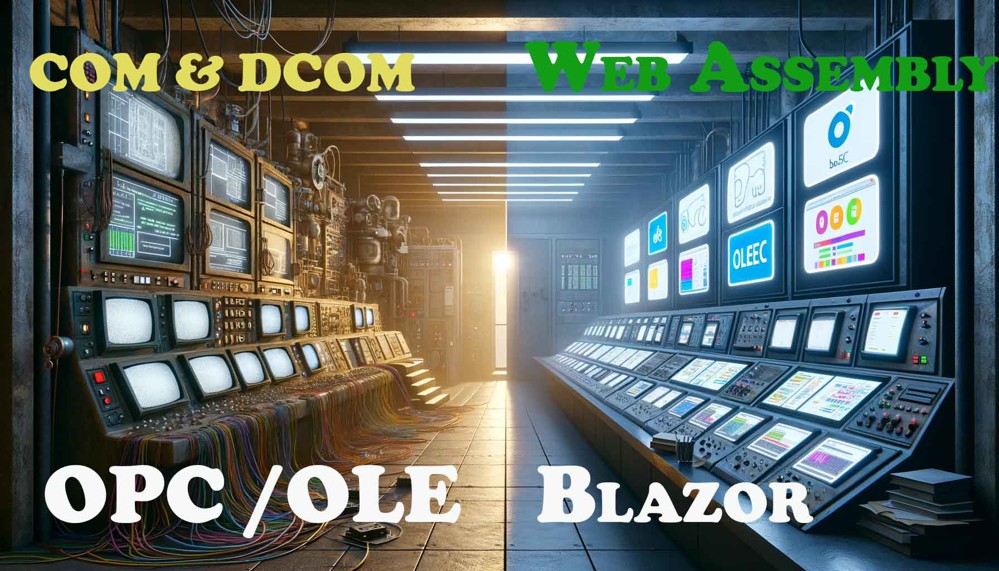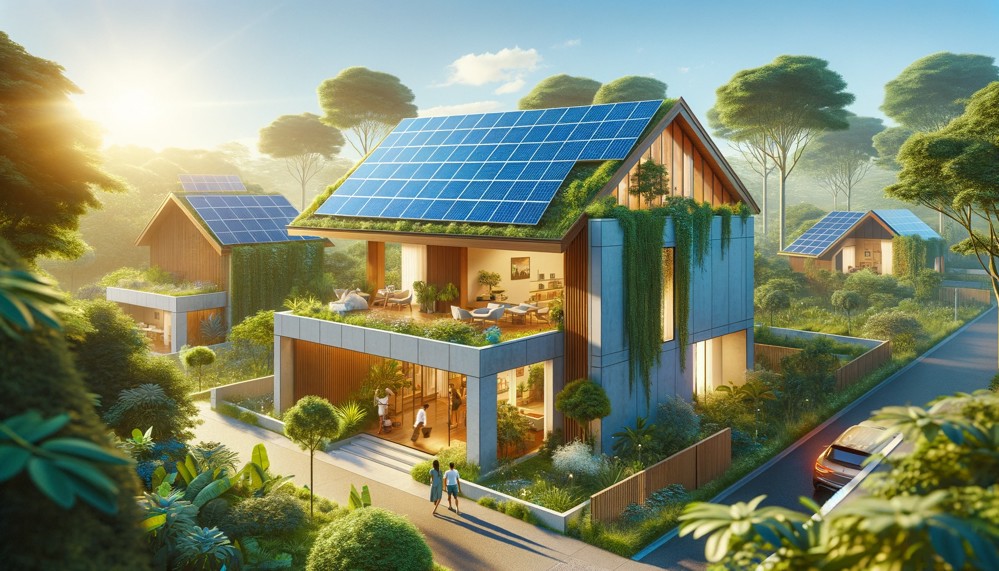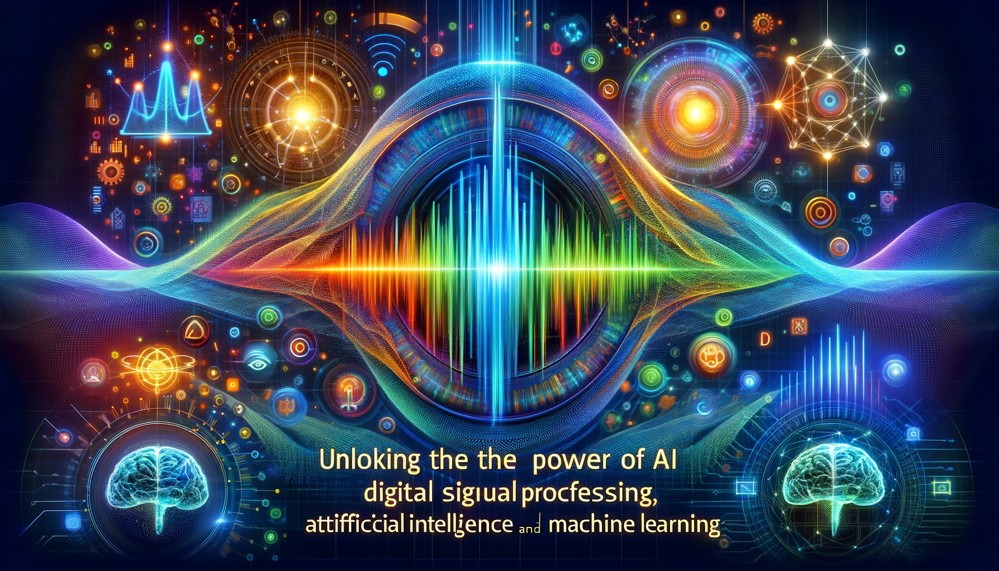Building the Future-Ready Engineering Asset: A Comprehensive Approach with Low Maintenance, High Availability, and Remote Control Integration

In the fast-paced world of engineering and construction, envisioning the "Engineering Asset of the Future" necessitates an innovative and adaptive mindset. This visionary approach encompasses cutting-edge technologies, sustainable practices, and strategies that prioritize low maintenance, high availability, and seamless remote control integration. In this comprehensive exploration, we delve into the critical components and principles that contribute to the creation of an Engineering Asset of the Future, emphasizing efficiency, sustainability, resilience, and user-centric design.
- Smart Infrastructure and Digital Twins:
At the core of the Engineering Asset of the Future is the integration of smart infrastructure and digital twin technologies. Smart infrastructure involves the deployment of sensors, actuators, and advanced monitoring systems to create a network of interconnected devices. This, combined with digital twins, enables real-time monitoring, predictive maintenance, and efficient decision-making. Integrating low-maintenance components ensures that upkeep is streamlined, reducing operational costs over the asset's lifecycle.
- Internet of Things (IoT) and Connectivity:
In the context of building engineering assets, the Internet of Things (IoT) plays a pivotal role in creating a fully connected environment. IoT facilitates data exchange between devices, enhancing efficiency in energy management, space utilization, and occupant comfort. Moreover, by embracing low-maintenance IoT solutions, engineering assets can enjoy continuous connectivity without undue burden on maintenance efforts.
- Sustainability and Green Building Practices:
The Engineering Asset of the Future places a strong emphasis on sustainability and green building practices. From energy-efficient design to the integration of renewable energy sources, sustainable engineering not only minimizes environmental impact but also aligns with low-maintenance principles by utilizing durable, eco-friendly materials that require minimal upkeep.
- Adaptive and Resilient Design:
Adaptive and resilient design principles are integral to the Engineering Asset of the Future. This involves creating structures that can adapt to evolving needs and withstand external challenges. Through modular and scalable designs, assets can be easily modified with minimal disruption, contributing to low maintenance and ensuring high availability by reducing downtime during modifications.
- Augmented Reality (AR) and Virtual Reality (VR):
Incorporating augmented and virtual reality technologies enhances collaboration and decision-making throughout an asset's lifecycle. By utilizing AR and VR during design, construction, and maintenance, stakeholders can visualize, simulate, and troubleshoot assets in a virtual environment, reducing the need for physical interventions and enhancing the low-maintenance aspect of the engineering asset.
- Artificial Intelligence (AI) and Machine Learning (ML):
The Engineering Asset of the Future harnesses the power of artificial intelligence (AI) and machine learning (ML) to analyze vast datasets and derive actionable insights. From predictive maintenance to energy optimization, AI and ML contribute to both low maintenance and high availability by automating routine tasks, anticipating issues, and continuously improving asset performance.
- Cybersecurity and Data Privacy:
With increased connectivity comes the need for robust cybersecurity measures to protect sensitive data and ensure the integrity of the engineering asset. Addressing potential vulnerabilities enhances both the security and availability of the asset, while stringent data privacy measures contribute to building and maintaining user trust.
- Human-Centric Design:
Human-centric design principles play a pivotal role in shaping the Engineering Asset of the Future. Creating environments that prioritize occupant well-being and productivity involves considering optimal lighting conditions, indoor air quality, and ergonomic workspace designs. By focusing on user experience, the asset not only aligns with high availability but also ensures that the human element is central to its design and functionality.
- Remote Control Integration:
A defining feature of the Engineering Asset of the Future is its seamless integration of remote control capabilities. Remote monitoring and control systems enable operators to manage assets from a distance, reducing the need for physical presence on-site. This not only contributes to high availability by allowing swift responses to issues but also aligns with low-maintenance practices, as certain operations and maintenance tasks can be performed remotely.
In envisioning and constructing the Engineering Asset of the Future, a holistic and adaptive approach that integrates low maintenance, high availability, and remote control capabilities is essential. This forward-thinking vision not only transforms the way we design and construct assets but also ensures their sustainability, resilience, and positive impact on both the environment and the individuals interacting with them. As we embark on this transformative journey, the Engineering Asset of the Future becomes a beacon of innovation, efficiency, and user-centric design in the realm of engineering and construction.



